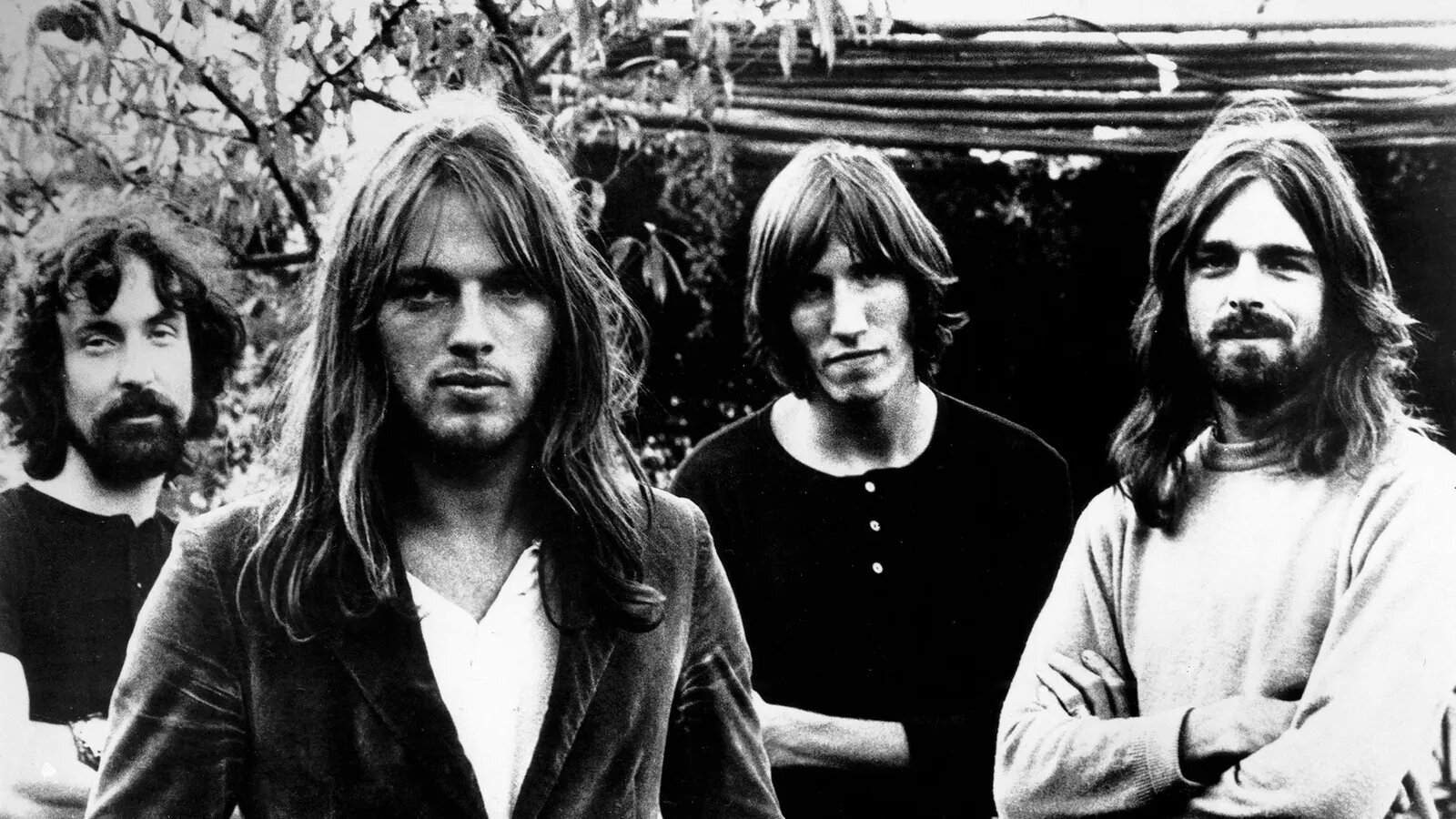
Pink Floyd’s best album definitely isn’t The Wall… here’s why

How many people would recognise Pink Floyd’s prism album cover before the actual band members? Likely most. But that’s a testament to the eternal iconicity of Dark Side Of The Moon. Today, on its anniversary, GQ dissects the greatest rock album in history
One of the reasons music sticks with us, whether you like it or not, is because we’re prone to associating songs with scenarios. Blasting Lou Reed’s “Vicious” takes me right back to an AM drunken state, powering through the streets of Lower Manhattan with an equally drunken friend. Hitting play on New Order’s “Age Of Consent” recalls an underground trip and the one time a single earphone sufficed because the other was occupied by a lover. It’s impossible to deny that songs provoke feelings, and as for albums? Well, if an LP takes to hammering a concept from start to finish, the mind is guaranteed to be blown by its end. Exhibit A: Pink Floyd’s Dark Side Of The Moon, the greatest rock album in history.
That’s a fact – it’s literally the best-selling rock LP of all time, selling more than 45 million copies since its release on this day back in 1973. You’re bound to know its cover: that iconic glass prism set to disperse not only light into colour, but Pink Floyd’s power into the population. There’s a fading space shown before the spectrum shoots out and it’s in this kind of black hole that listeners are invited to get lost. I mean that as anything but a cliché; the British band thrived on enigmatic, psychedelia-steeped tracks. With their blend of harrowing vocals, sonic effects, synthesizers, tape loops and a metronomic finish, choosing one layer to focus on would prove near impossible. Music had never, and has since never, felt quite the same.

That’s all down to its form: the concept album. For those unaware, that’s when a band takes a specific story or theme and tailors all songs in a record to that idea. It kicked off long before Pink Floyd; Frank Sinatra is often dubbed the inventor, with Frank Sinatra Sings For Only The Lonely relaying a flowing sequence from start to finish. Countercultural groups then latched onto it in the Sixties; The Beatles’ Revolver, The Who’s Tommy and The Beach Boys’ Pet Sounds are all acclaimed examples. But the difference with Pink Floyd is that their take on the concept album is also the sound of the Seventies: progressive, drug-induced and unrestrained. It has held appeal right through to this day and that’s mainly because no one has ever really been able to pinpoint the concept’s core.
It grapples with greed, loss, materialism, alienation and insanity – all the philosophical themes crucial to the unfulfilled human condition. But there’s no obvious heart to it, in a good way, because so much is going on. It’s no wonder the album stood on the Billboard charts for more than 900 weeks; it told a cautionary tale that people could (openly or not) relate to, but left the band’s personal influences as a series of question marks. They actually made more of an effort not to promote the LP – having long remained mysterious over the course of their career. First and foremost, it was about letting the sound speak for itself.


